It used to be that cyclists had one model of bike. The choice was meager, and even that was enough. Later, manufacturers began to make changes, and there were types of bicycles for the city, high-speed highway and mountainous terrain. The most widespread was the mountain bike, since the “flat” road surface is not so flat. And for the city bicycle enthusiasts prefer mountain models, in particular – a bicycle hardtail.
What is a bicycle hardtail and what does this name mean? We will find out more in this article.
What is a hardtail
From the English “hard” means heavy, hard, and “tail” means tail. It turns out that in translation, “hardtail” is “hard tail.
A hardtail has a shock-absorbing fork only at the front – that’s what this translation means. In other words, the bike has only a front fork and no rear fork. And since it is missing, the cyclist feels all the vibrations and bumps in the road.
The rear suspension on other models absorbs shocks and makes the ride more comfortable, it is as if “smoothes” potholes and bumps. Because of the lack of suspension, the bike can get high speed and create more drive in the ride.
The frame of the hardtail continues and connects to the rear wheel, so it is easy to identify it by its appearance.
A hardtail mountain bike has six front fork options:
- The rigid is the basic option. Simple and cheap, it lasts a long time. It doesn’t cushion well on rough roads.
- Spring-loaded shock absorption is the cheapest option. Simple design contains springs that dampen shocks when you hit obstacles. It is installed on children’s bicycles.
- Spring-elastomeric – the most common fork. Has a damper that increases the endurance of the springs. Poorly tolerates low temperatures.
- Air shock absorption – lightweight and comfortable. Instead of springs and damper uses air, which must be pumped up with a bicycle pump. Not suitable for extreme riding, as it breaks easily.
- Oil-air is the most expensive option. Instead of a damper, a cartridge is used, which “smoothes” the bumps in the road. They also need to be pumped up with a pump.
- Oil-spring – for extreme riding, the most enduring option.
Variety of sports hardtails
Types of hardtails differ depending on the purpose of use:
- Cross-country – for cross-country riding, choose models with a high-mounted top tube and long frame feathers. The carriage is lower than standard models for increased stability and control.
- Dirt-jumping or deadrunning – for a trail with obstacles, choose models with a rigid frame and a long base. This will distribute the load evenly. The carriage is placed on the contrary above the average level.
- Street – for tricks use a bike with a rigid fork and steering column at an acute angle.
- Dual-cross or 4-cross – for serious slides look for models with a small frame and short feathers. It will be easier to overcome obstacles and not lose your balance on the road.
Advantages and disadvantages of hardtail bikes
MTB hardtail bikes have the following advantages:
- easy and fast acceleration at the start;
- no rear triangle displacement, so suitable for overweight people;
- possibility of installing a trunk or child seat;
- suitable for riding in the snow, withstands low temperatures;
- low weight bicycle;
- picks up high speed;
- cheaper than a two-saddle;
- reliable, easy to repair and maintain.
Disadvantages of hardtails:
- the rider feels all the bumps and bumps in the road;
- Not suitable for people with spinal or joint problems;
- less traction, no contact between the rear wheel and the ground when riding over obstacles.
Who it’s good for
A hardtail is suitable for you if:
- love high speed, feel the road and get the drive when riding;
- are ready to spend no more than 50,000 rubles on a bicycle;
- you need to drag your bike up the stairs into your apartment. Because of the small mass of the hardtail will be much easier to drag upstairs than other models of bikes;
- You want to put a frame rack or child seat;
- Ride in the snow in the winter, or participate in bike marathons.
You should not choose a hardtail if:
- You want to ride with comfort and convenience, and not feel every bump and bump;
- Have a problem with the spine, joints or knees;
- For you, safety and comfort is more important than speed and drive.
Conclusion
The hardtail is a great option for extreme riding enthusiasts in the low to medium price range. But if you are serious about the discipline of cycling, then pick the most appropriate bike model for that.
The main difference between the hardtail is the absence of a rear suspension fork. Thanks to this bike has less weight and is able to reach the maximum speed. However, you should not choose such a model, if comfort and safety are in the first place for you. Hardtail is not about comfort, hardtail is about dynamic riding and drive.

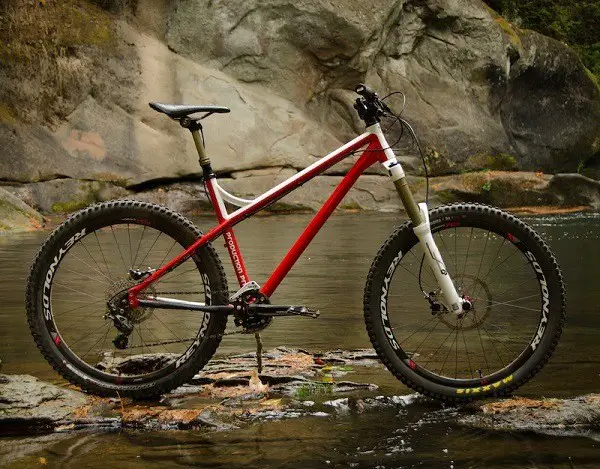
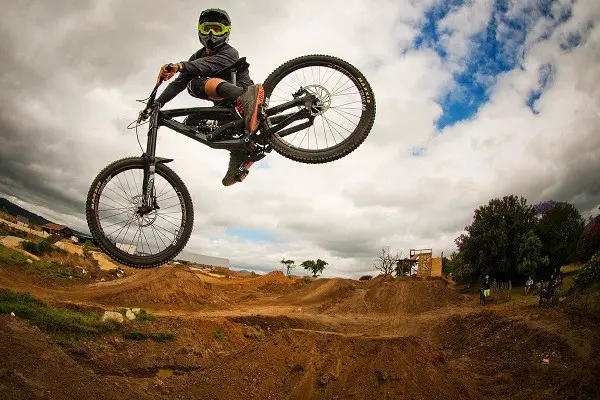
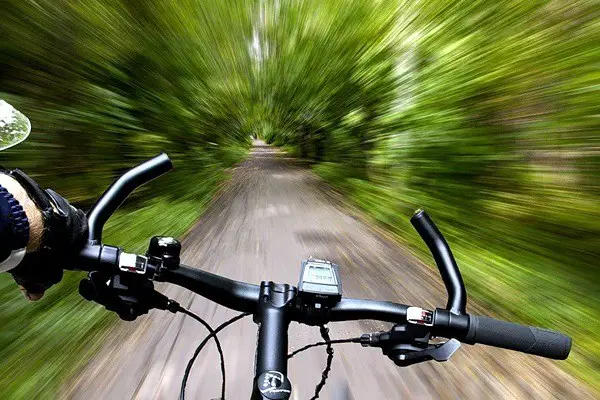
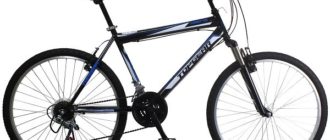

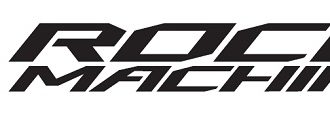



It’s not the kind of bike a beginner would ride. I’ve been riding for a few months, but I chose an easier one. But it certainly looks impressive, especially for those who like to ride at high speed.
Great post! I’m a big fan of hardtail bikes, and this gave me a great overview of the advantages and disadvantages. It’s great to know that they provide more control and better traction, while also being lightweight. However, it’s also important to note the limitations in terrain they can handle due to only having front suspension. Thanks for sharing your knowledge!
Great article! This is a great overview of the pros and cons of hardtail bikes. It’s clear that they’re an excellent choice for riders who don’t want to spend too much but still need a dependable ride. Thanks for all the information — this was really helpful!